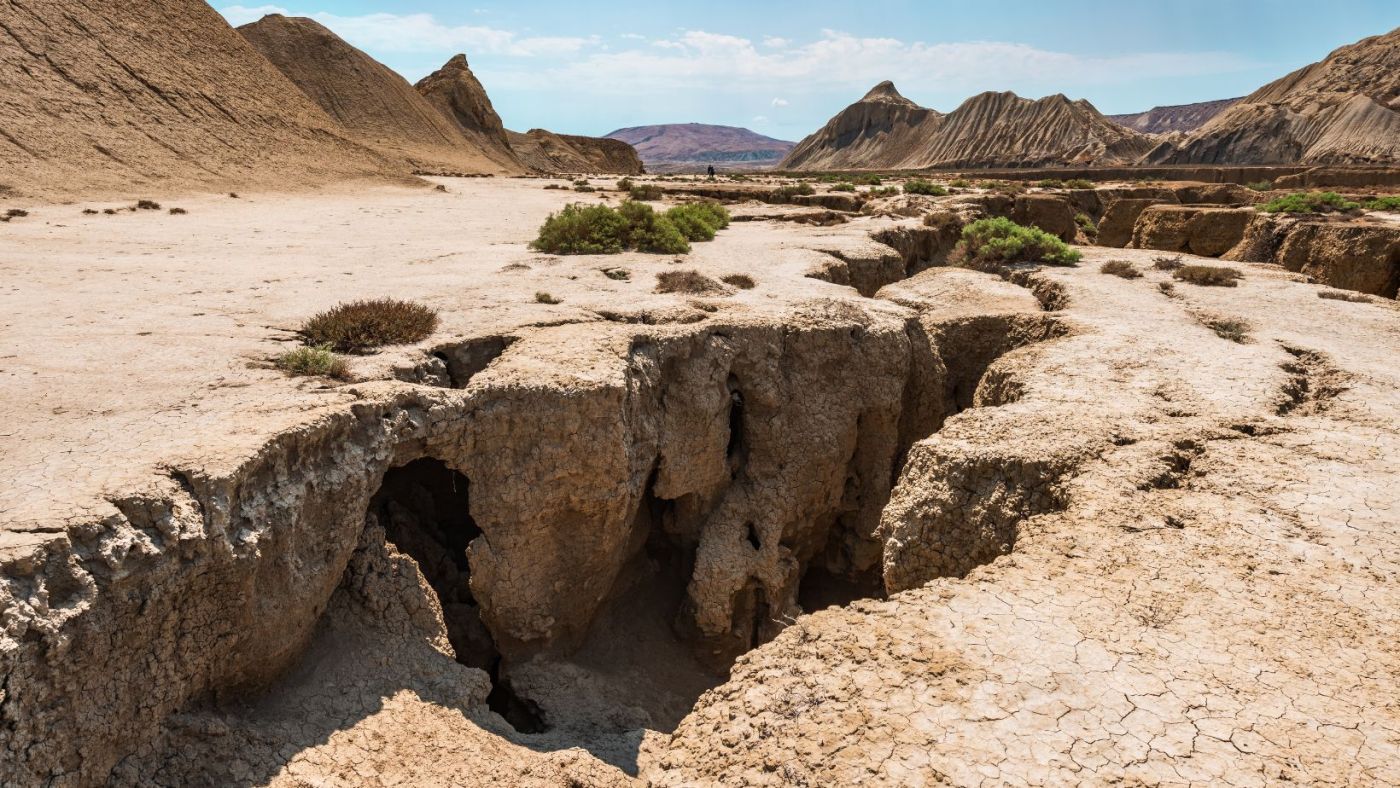For centuries, people have been fascinated by natural disasters, which inspire a mixture of wonder, fear, and curiosity. These geological phenomena, which range from the explosive rage of volcanic eruptions to the violent shaking of earthquakes, serve as a constant reminder of the enormous power and complexity of Earth. We set out on a quest to understand the geology underlying natural disasters in order to shed light on the forces that shape our planet and the effects they unleash.
Understanding Earth’s Tectonic Puzzle
The complex dance of tectonic plates is often the cause of natural disasters. The mantle’s semi-fluid layer is atop a number of large and small plates that make up Earth’s outer shell. The convective currents beneath these plates propel them to constant motion. Boundaries are created where these plates converge, and it is at these boundaries that seismic activity begins.
The Rumbling Roar of Earthquakes
Earthquakes are among the most dramatic examples of tectonic forces in action. When the strength of the rocks holding a fault line together is exceeded by the built-up stress along it, the rocks rupture, releasing seismic waves that travel throughout the Earth. An earthquake’s strength and devastation are determined by a number of variables, such as the size of the rupture, the depth of the focal point, and the composition of the surrounding rock.
Volcanoes: Nature’s Fiery Spectacle
Even though they happen less frequently than earthquakes, volcanic eruptions are still fascinating. Magma, or molten rock, builds up beneath the Earth’s surface in reservoirs called magma chambers. The magma finds the path of least resistance when the pressure reaches a critical point, frequently erupting onto the surface violently or effusively.
A volcano’s eruptive history shapes the area around it; lava flows, ash deposits, and volcanic debris serve as reminders of what happened in the past. Immersion experiences are provided by organisations such as Science Museum Phoenix, which allow visitors to explore volcanic landscapes, gain knowledge about various eruption types, and comprehend the factors influencing volcanic activity.
Unravelling the Tsunami Mystery
Natural disasters don’t always start on land. Massive waves known as tsunamis that are caused by seismic activity underwater are a serious threat to coastal communities all over the world. The majority of tsunamis are caused by underwater earthquakes, in which the abrupt movement of the seafloor releases a sequence of waves that travel across the ocean at extremely high speeds.
Through the examination of the ocean floor’s geology and the tracking of seismic activity in susceptible areas, scientists can develop early warning systems that lessen the effects of tsunamis. Institutional educational programmes encourage at-risk communities to take precautionary measures and increase public awareness of tsunami hazards.
Unraveling the Mysteries of Landslides:
When it comes to slope instability, landslides are silent but dangerous enemies. These mass movements, which can be brought about by intense rain, seismic activity, or human activity, have the power to quickly alter entire landscapes. By providing a thorough investigation of landslip dynamics, the Science Museum Phoenix promotes awareness and readiness for geological hazards.
The Human Factor: Mitigating Disaster Risk
Natural catastrophes are essentially geological phenomena, and human activity has a significant impact on their effects. Earthquakes, volcanic eruptions, and tsunamis can cause more death tolls and property damage when they are caused by urbanisation, deforestation, and poor infrastructure.
The ocean floor is still a region of great mystery and active geology, despite the fact that terrestrial geology receives a lot of attention. The underwater environment is shaped by underwater mountain ranges, hydrothermal vents, and submarine volcanoes, which have an impact on climate patterns, biodiversity, and ocean currents. Seafloor spreading, underwater landslides, and tsunamis can all be caused by seismic activity beneath the ocean floor, demonstrating how intertwined Earth’s geophysical processes are. Through the study of oceanic geology, scientists can learn a great deal about the dynamics of plate tectonics and how the oceans have shaped the evolution of our planet.
Conclusion: Navigating Earth’s Turbulent Terrain
Natural disasters are merely one thread—albeit a strong and erratic one—in the vast tapestry of Earth’s geology. Understanding the geology underlying these occurrences and promoting scientific literacy and readiness will help us traverse the choppy landscape of our ever-changing planet with more resilience and comprehension.
Let us take the lessons from history into consideration and rise to the challenge of coexisting with the forces that shape our planet as we continue to explore its depths and uncover its mysteries. We can create a more secure and sustainable future for future generations by working together, innovating, and educating one another.


Leave a comment